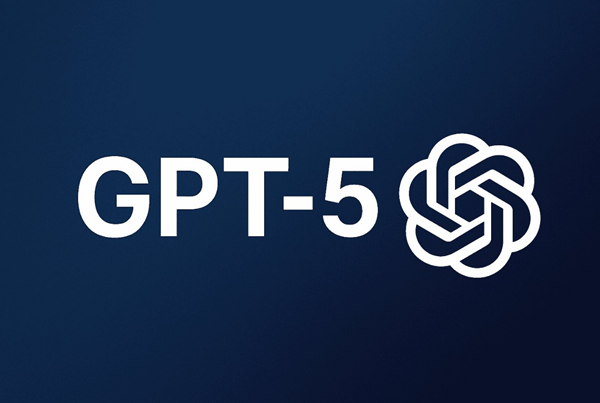GPT-5 Launched, But Infrastructure Gaps Remain
GPT-5 Launches with Enhanced Capabilities, Infrastructure Challenges Persist
OpenAI has officially released GPT-5, its most advanced language model to date, generating significant excitement across the tech industry. While demonstrating substantial improvements in functionality and performance, experts warn that achieving true autonomous AI still requires stronger infrastructure support.

The Automobile Analogy: Powerful Engine Needs Roads
Arun Chandrasekaran, Distinguished VP Analyst at Gartner, draws a compelling parallel: "Current AI development resembles 1950s U.S. automobile technology - we have powerful engines but lack the highway systems to fully utilize them." This analogy underscores that while AI models grow increasingly sophisticated, the ecosystem for practical enterprise applications remains underdeveloped.
Key Advancements in GPT-5
The new model introduces several groundbreaking features:
- Enhanced Programming Capabilities: GPT-5 demonstrates remarkable proficiency in coding tasks, signaling OpenAI's recognition of generative AI's potential in enterprise software engineering.
- Multimodal Processing: Improved handling of non-text data (voice, images) opens new integration possibilities for businesses.
- Expanded Context Windows: Ranging from 8K tokens for free users to 128K for Pro subscribers, enabling more complex data processing.
- Multi-step Planning: Reduces reliance on external workflow engines by handling more business logic internally.
Cautious Optimism from Industry Experts
Despite these advancements, Chandrasekaran urges measured expectations:
"While GPT-5's error rate has decreased by 65%, reducing compliance risks, potential for misuse persists. Enterprises must maintain manual review processes for critical workflows."
The path to truly autonomous AI requires:
- Comprehensive infrastructure for seamless tool integration
- Robust data access controls
- Mechanisms ensuring information reliability and minimizing bias
Key Points:
- 🚀 GPT-5 represents significant AI progress, but infrastructure limitations remain
- 💻 Enhanced programming and multimodal capabilities enable complex enterprise applications
- 🔍 Risk management remains crucial
- enterprises must verify output credibility and compliance